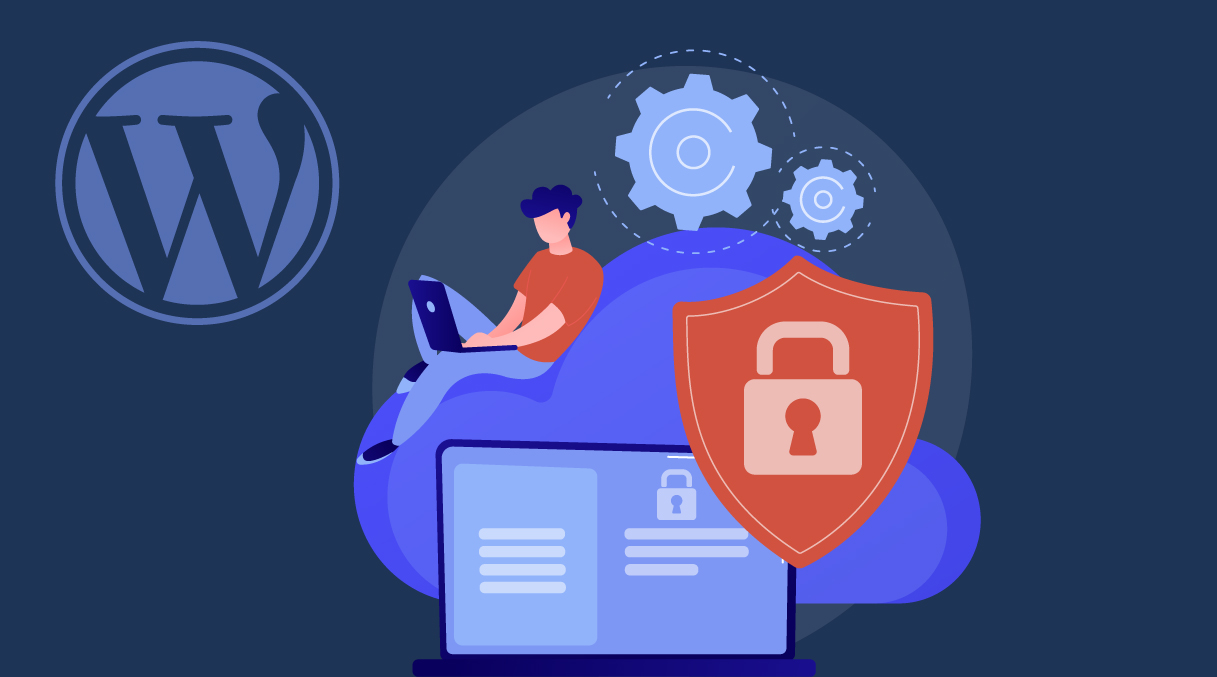Introduction
WordPress maintenance is one of the essential pillars to ensure your website remains available, fast, and secure. In an increasingly competitive digital world, keeping WordPress updated and protected is not just a technical issue but a strategic necessity. In this comprehensive guide, you’ll discover everything about WordPress maintenance from basic tasks to advanced strategies with practical tips tested by experts. Get ready to turn your website into a reference of performance and reliability!
What is WordPress Maintenance?
WordPress maintenance consists of a set of regular and preventive tasks aimed at ensuring the proper functioning, security, and performance of a WordPress site. It includes updating plugins and themes, performing backups, monitoring uptime, speed optimization, and much more.
Why is WordPress Maintenance Essential?
- Prevents crashes and site downtime
- Protects against attacks and malware
- Improves performance and speed
- Ensures plugin and theme compatibility
- Preserves your company’s online reputation
1. Regular Updates: The Secret to Avoiding Issues
Why Update WordPress, Plugins, and Themes?
Keeping WordPress, plugins, and themes updated is your best defense against vulnerabilities and bugs. Each update brings security fixes, new features, and performance improvements.
Best Practices Checklist:
- Always update plugins first, then themes, and only then the WordPress core
- Back up your site before any update
- Check plugin compatibility with the new version
2. Automatic Backups: Your Safety Net
How to Back Up WordPress Securely?
Backups ensure that you can restore your site in case of errors, attacks, or technical failures.
| Tool | Type | Auto Backup | External Storage | Free/Paid |
| UpdraftPlus | Plugin | Yes | Yes | Both |
| Jetpack Backup | Service | Yes | Yes | Paid |
| BlogVault | Service | Yes | Yes | Paid |
3. Uptime Monitoring: Never Go Offline
What is Uptime and Why Monitor It?
Uptime is the amount of time your website is accessible online. Tools like Uptime Robot and Pingdom alert you about outages so you can act quickly.
4. Speed Optimization: Fast Sites Retain More Customers
How to Improve WordPress Speed?
Loading speed impacts SEO and user experience.
Tips:
- Use caching plugins (e.g., WP Rocket)
- Automatically compress images
- Minify CSS and JS
- Use a CDN
5. WordPress Security: Protect Your Site from Threats
Strategies to Protect WordPress
WordPress security should be proactive. Implement a firewall, two-factor authentication, and malware monitoring.
6. Plugin and Theme Management: Only the Essentials
How to Efficiently Manage Plugins and Themes?
Keep only essential plugins and remove the unused ones. Outdated plugins pose a security risk.
7. SEO Optimization: Ensure Google Visibility
Best SEO Practices in WordPress
- Use plugins like Yoast SEO or Rank Math
- Optimize titles, meta descriptions, and headings (H1, H2, H3)
- Create optimized XML sitemaps and robots.txt
8. Security Monitoring: Stay One Step Ahead
Security Monitoring Tools
Implement tools like Wordfence or Sucuri to monitor attacks and vulnerabilities.
9. Vulnerability Testing: Regularly Assess Your Site
How to Perform Security Scans?
Run regular scans with specialized tools to detect issues before they’re exploited.
10. Database Optimization: Keep Your Site Lightweight
Why Clean and Optimize Your Database?
Heavy databases slow down your site. Use plugins like WP-Optimize to clean revisions, spam comments, and transients.
11. User Management: Access Control
How to Manage WordPress User Roles and Permissions?
Assign only the necessary permissions to each user. Enable two-factor authentication for administrators.
12. Maintenance by Industry: Tailored Approaches
How to Adapt WordPress Maintenance by Sector?
- Businesses: focus on uptime and security
- E-commerce: focus on backups and performance
- Agencies: multi-site management and reporting
- IT: advanced integrations and enhanced security
13. Expert Technical Support: When and How to Use It?
Benefits of Having Professional Support
Expert support resolves problems quickly and anticipates maintenance needs.
14. Maintenance Reports: Transparency and Continuous Improvement
What to Include in a Maintenance Report?
- Summary of updates
- Security incidents
- Backup status
- Improvement suggestions
15. WordPress Maintenance Checklist: The Essentials
Monthly Checklist
- Update WordPress, plugins, and themes
- Check backups
- Test loading speed
- Analyze security
- Review users and permissions
- Clean the database
16. Essential Tools for WordPress Maintenance
Must-Have Plugins and Services
- UpdraftPlus (backups)
- Wordfence (security)
- WP Rocket (caching)
- Sucuri (monitoring)
- Google Search Console (SEO)
17. Future Trends in WordPress Maintenance
What to Expect in the Coming Years?
- Task automation
- AI for threat detection
- Real-time reporting
Frequently Asked Questions (FAQ)
1. What is WordPress maintenance and why is it important?
WordPress maintenance involves regular tasks to ensure the site works properly, is protected from threats, and provides a good user experience. It’s essential to avoid crashes, attacks, and slowdowns.
2. How often should I maintain my WordPress site?
Ideally, maintenance tasks should be done weekly, and at the very least, monthly. Critical updates and backups should occur after every major change.
Learn more about maintenance frequency here: HorizonWP Article
3. How can I automate backups for my WordPress site?
Use plugins like UpdraftPlus or Jetpack Backup to schedule automatic cloud backups.
4. What are signs that my site needs urgent maintenance?
Slow performance, frequent errors, outdated plugins, security warnings, or downtime are clear indicators.
5. Does WordPress maintenance affect my site’s SEO?
Yes! Slow, insecure, or offline sites lose rankings on Google. Regular maintenance improves performance, security, and visibility.
6. Where can I learn more about WordPress maintenance?
Check the official WordPress documentation or trusted sources like Kinsta’s WordPress Maintenance Guide.
Conclusion
WordPress maintenance is a strategic investment for any business or professional who wants a secure, fast, and always-available website. With the best practices presented in this guide, you’re ready to take your WordPress site to a new level of performance and reliability.
Don’t postpone maintenance—your website’s success depends on it!
Written by: André Caridade



